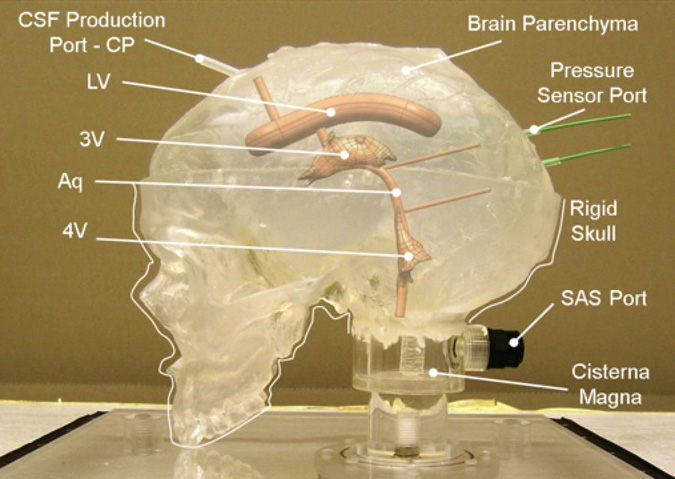
Full text loading...
Cerebrospinal fluid (CSF) is not stagnant but displays fascinating oscillatory flow patterns inside the ventricular system and reversing fluid exchange between the cranial vault and spinal compartment. This review provides an overview of the current knowledge of pulsatile CSF motion. Observations contradicting classical views about its bulk production and clearance are highlighted. A clinical account of diseases of abnormal CSF flow dynamics, including hydrocephalus, syringomyelia, Chiari malformation type 1, and pseudotumor cerebri, is also given. We survey medical imaging modalities used to observe intracranial dynamics in vivo. Additionally, we assess the state of the art in predictive models of CSF dynamics. The discussion addresses open questions regarding CSF dynamics as they relate to the understanding and management of diseases.

Article metrics loading...

Full text loading...
Literature Cited


Data & Media loading...
Supplemental Material
Supplemental Figure 1. In vitro model of the CSF-filled spaces in the cranium. Image provided courtesy of Dr. Kurtcuoglu. Abbreviations: 3V, third ventricle; 4V, fourth ventricle; Aq, cerebral aqueduct; CP, choroid plexus; CSF, cerebrospinal fluid; SAS, subarachnoid spaces. (Download Supplemental Figure 1 as a PDF.) Download Supplemental Table 1: Image reconstruction and computational fluid dynamics tools (PDF). 
